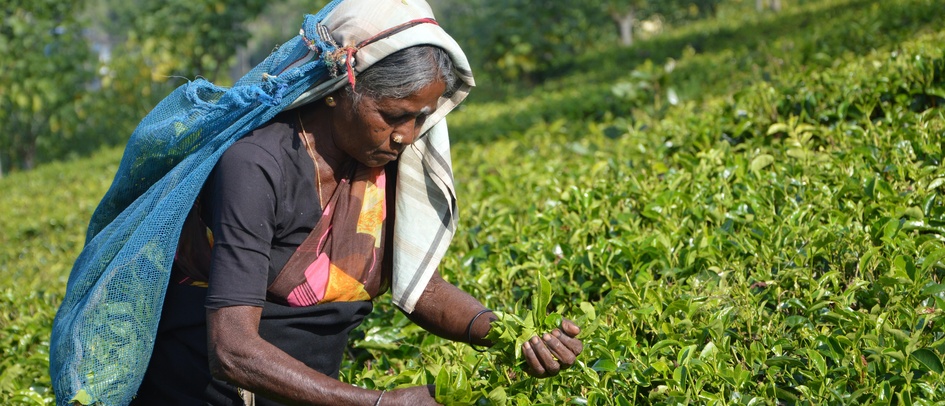Black tea
Black tea is the most commonly consumed tea in the world. To give black tea the taste of, for example, Ceylon tea, the leaves of this plant are mixed with other plants.
One cup of black tea contains more caffeine than the other sort of teas, but less caffeine than a cup of coffee. Because of this the taste of this tea is stronger than other flavours.
Ceylon tea is originally from Sri Lanka. Years ago, in the colonial period Sri Lanka was called Ceylon. This name is still used to this day for the tea coming from Sri Lanka. Ceylon tea is a black tea with a touch of citrus. This is what the tea gives it a fresh taste.
Origin of Ceylon tea
The history of Ceylon tea begins, crazy enough, with coffee. It all begins with the coffee plantations under British colonial rule. Ceylon was of great importance to the British Empire in India and the far east because of its location. However, the costs of paying for the military presence and infrastructure were so high that it was actually not possible to maintain this area. It was thought that the colony would just have to recoup itself.
Until 1869 coffee was grown in Sri Lanka. In this particular year, the aggressive coffee rust disease breaks loose and there came an end to growing and producing coffee. James Taylor, who is seen as the discoverer and beginner of Ceylon tea, planted in 1866 the first cutting of the tea plant. After the coffee production was almost completely vanished, the tea plantations were a worthy successor.
In almost twenty years the jungle in central Sri Lanka made way for tea plantations. Endless rows of pruned tea bushes are to this day still characteristic for this area. Since then not only the export grew, but the reputation and quality of Ceylon tea too till now. Ceylon tea is still one of the most important export products.
Even though Ceylon is named Sri Lanka since 1972, in the tea world it is still pronounced Ceylon tea because it became a real brand.
The tea production in Sri Lanka is very important for the economy and the world market. Sri Lank is the third biggest tea producer of tea in the world and is responsible for 19 percent of the world export. Approximately 4 percent of the entire land surface of Sri Lanka is covered in tea plantations and 5 percent of the population works in the tea industry. This seems small, but this means more than a million people.
The tea in Sri Lanka is being plucked by thousands of Tamil-workers who work at the plantation (the men mostly work in the factory). With the baskets on their back they pick the most valuable tea leaves. To guarantee freshness only the top buds of tea and two leaves are being plucked. The whole process, from leaves to tea, takes no longer than 24 hours. Finally, the tea will be traded at auctions, only the best quality will be used for the export.

